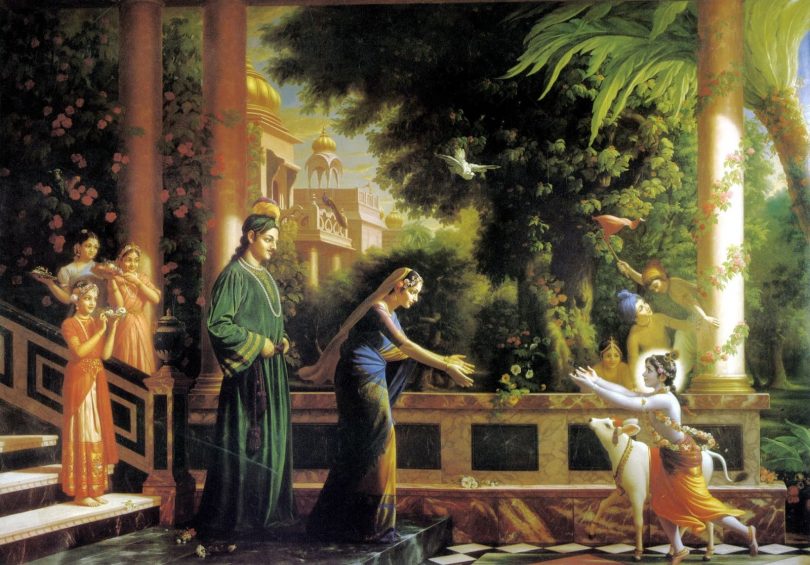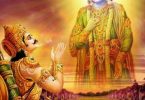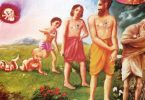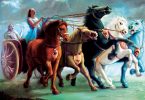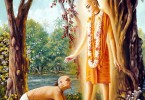Question: In classical dance class, we learn that there are 9 rasas which dance conveys. We were taught that this understanding is derived from the natya-sastras of Bharata Muni.
The following are Bharata Muni’s 9 rasas.
Sringara -> love
Haasya
Karuna
Raudra
Veera
Bhayangkara
Bheebhatsya -> disgust
Adhbutha
Shanta -> neutrality
However, in ISKCON we learn of five primary rasas, not nine, along with seven secondary rasas. How to understand this difference in counting, identifying rasas, etc?
History:
(Credit goes to those who assisted in supply a deeper understanding)
It is said that there were eight rasas originally defined by Lord Brahma. Later, Bharata Muni [dated to between 200 BCE and 200 CE], after extensively studying and commenting, added Santa. It was not accepted immediately but after sometime it became an accepted term.
Rupa Goswami came around 1,200 years later. He was instructed by Lord Caitanya to explain Bhakti. He used the commonly accepted terminology to identify the spiritual rasas for the practitioners to ‘understand and appreciate’ the rasas.
Rupa Goswami identified sthayi bhava into two: mukhya (primary) and gauna (secondary) rasas. He then delineated them primarily according to the terms originally given in Natya sastra.
Further Explanation:
The list of 9 rasas, taken from Bharta Muni’s natya-sastras, which is taught in dance curriculum, is incomplete.
It was Rupa Goswami’s special realization that Bhakti Rasa was the original rasa, and he understood that from the Bhagavatam which is perfect according to rasa sastra. Rupa Goswami came after the natya sastra was written, so he apparently added something new, although santa, dasya, sakhya, vatsalya and madhurya are the original rasas found in the spiritual world. That is confidential and not known to Bharat Muni who composed the natya sastra.
5 rasas are identified as “primary rasas” because the other 7 rasas are only a reflection of the five primary ones. In other words, hasya (humor) is a powerful emotion but actually it is friendship or conjugal which is experienced indirectly through humor.
For example, one may be joking with his friends and enjoying hasya rasa or laughter, but actually he is relishing friendship through joking with his friends.
If you see a brahmacari and a young lady enjoying humor together, while it may be a great joke, but actually it is sex life enjoyed indirectly through joking.
Actually only the five primary rasas are experienced in full. The secondary ones are just the experience of the five indirectly, through other powerful emotions that are so powerful that they seem to be a rasa in themselves, but actually they are the experience of one of the five primary rasas indirectly.

